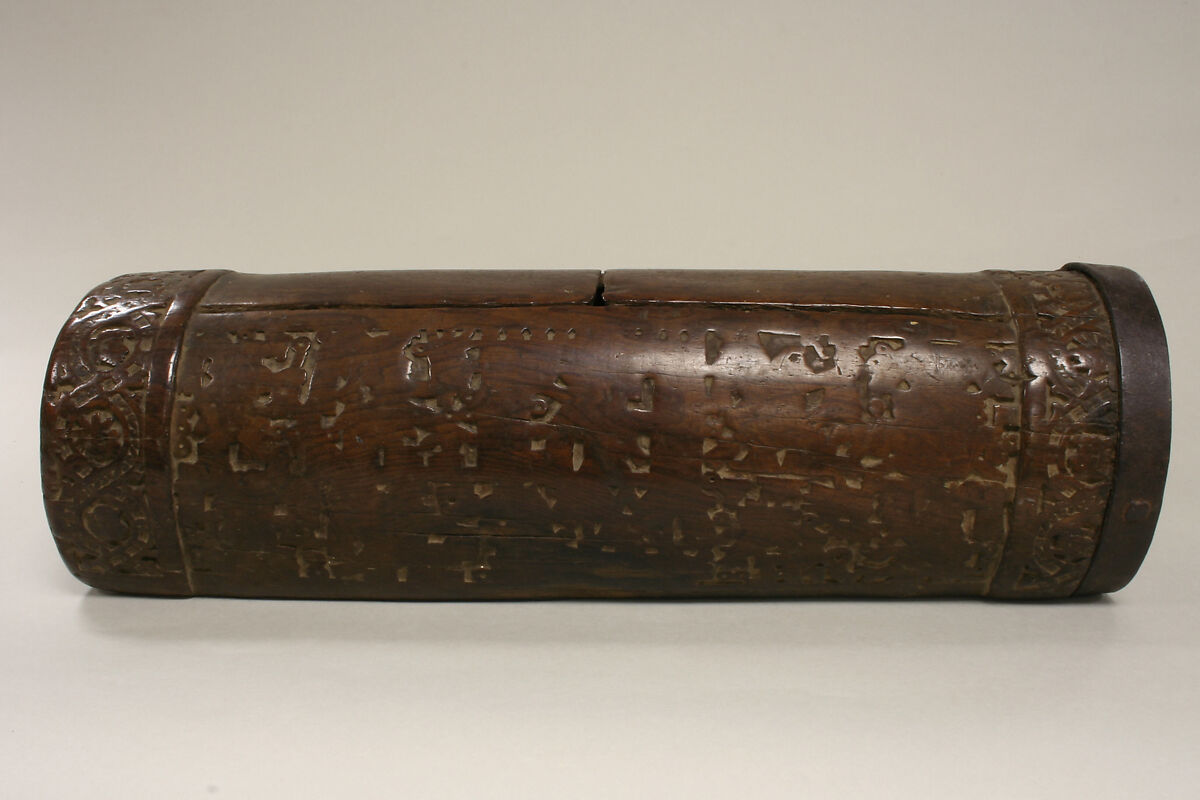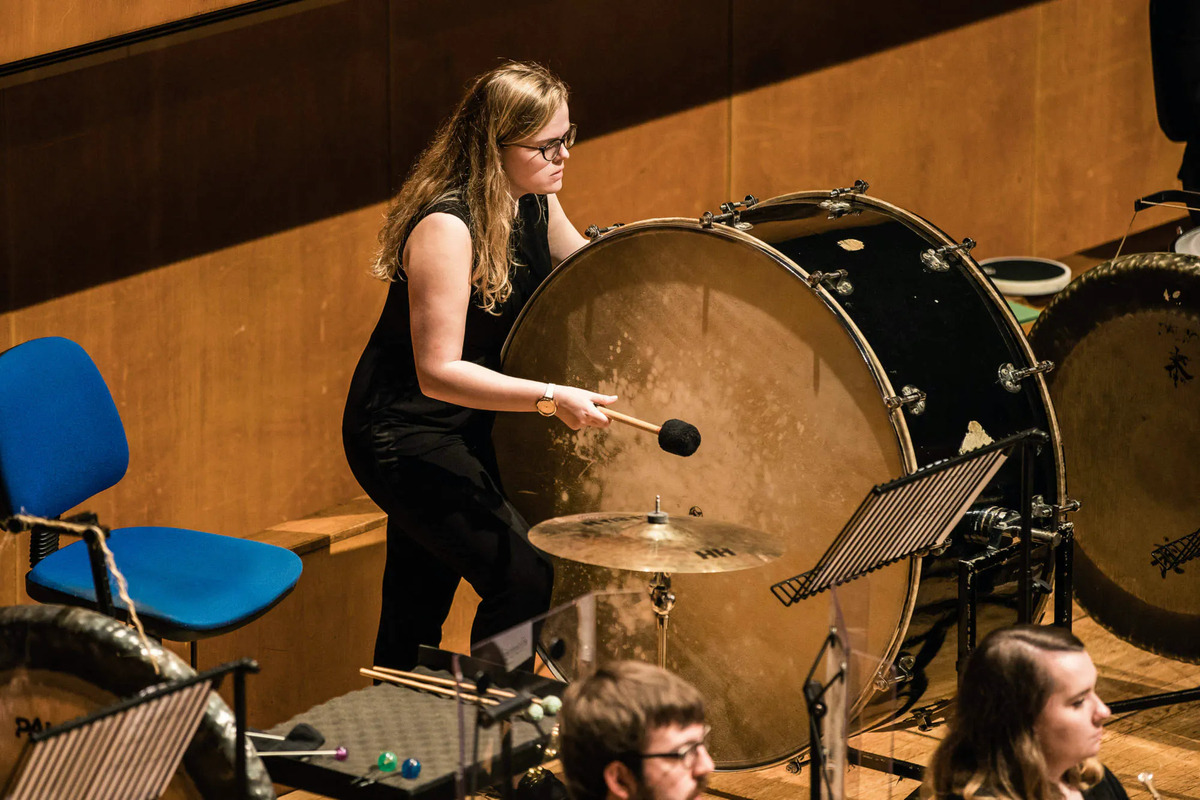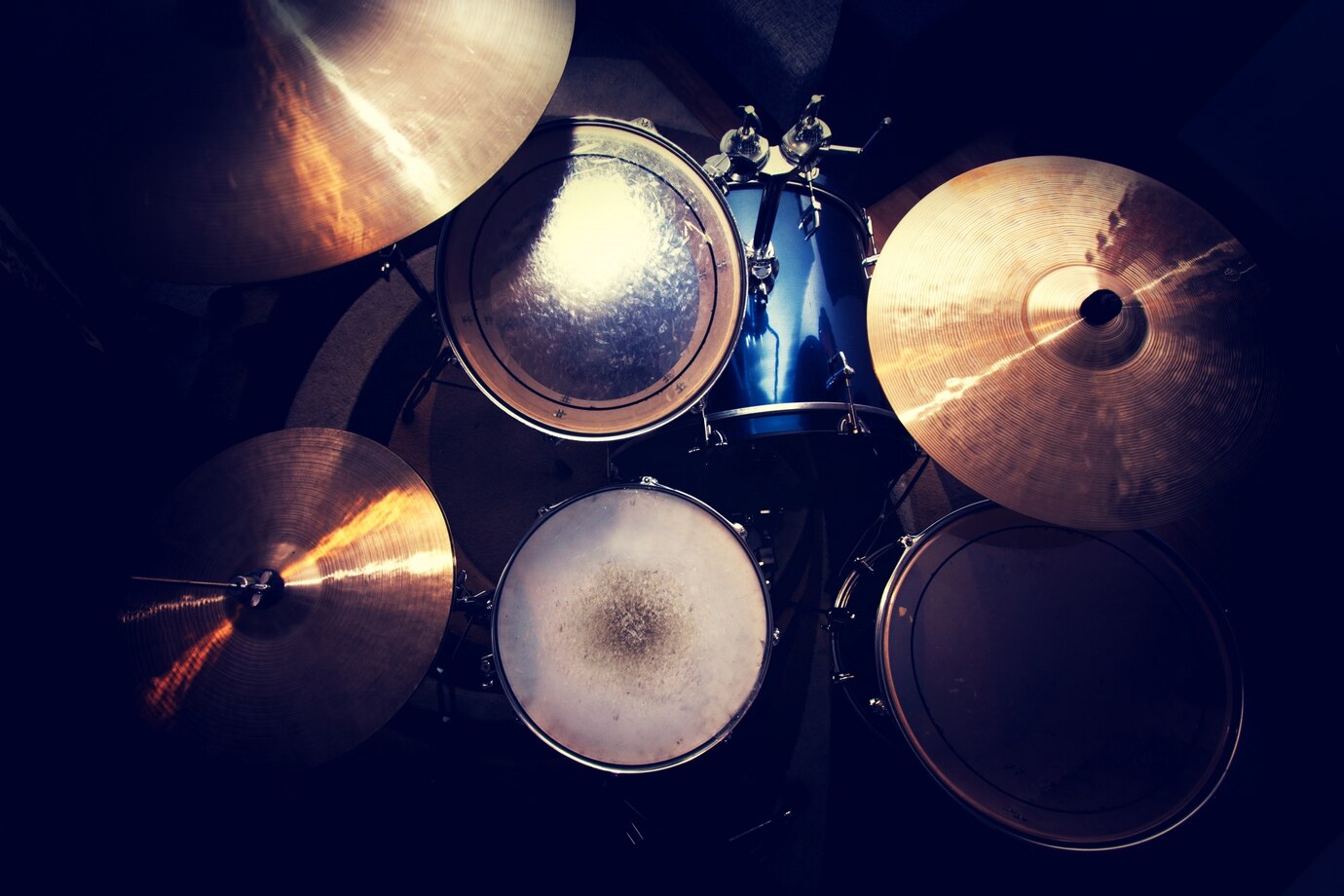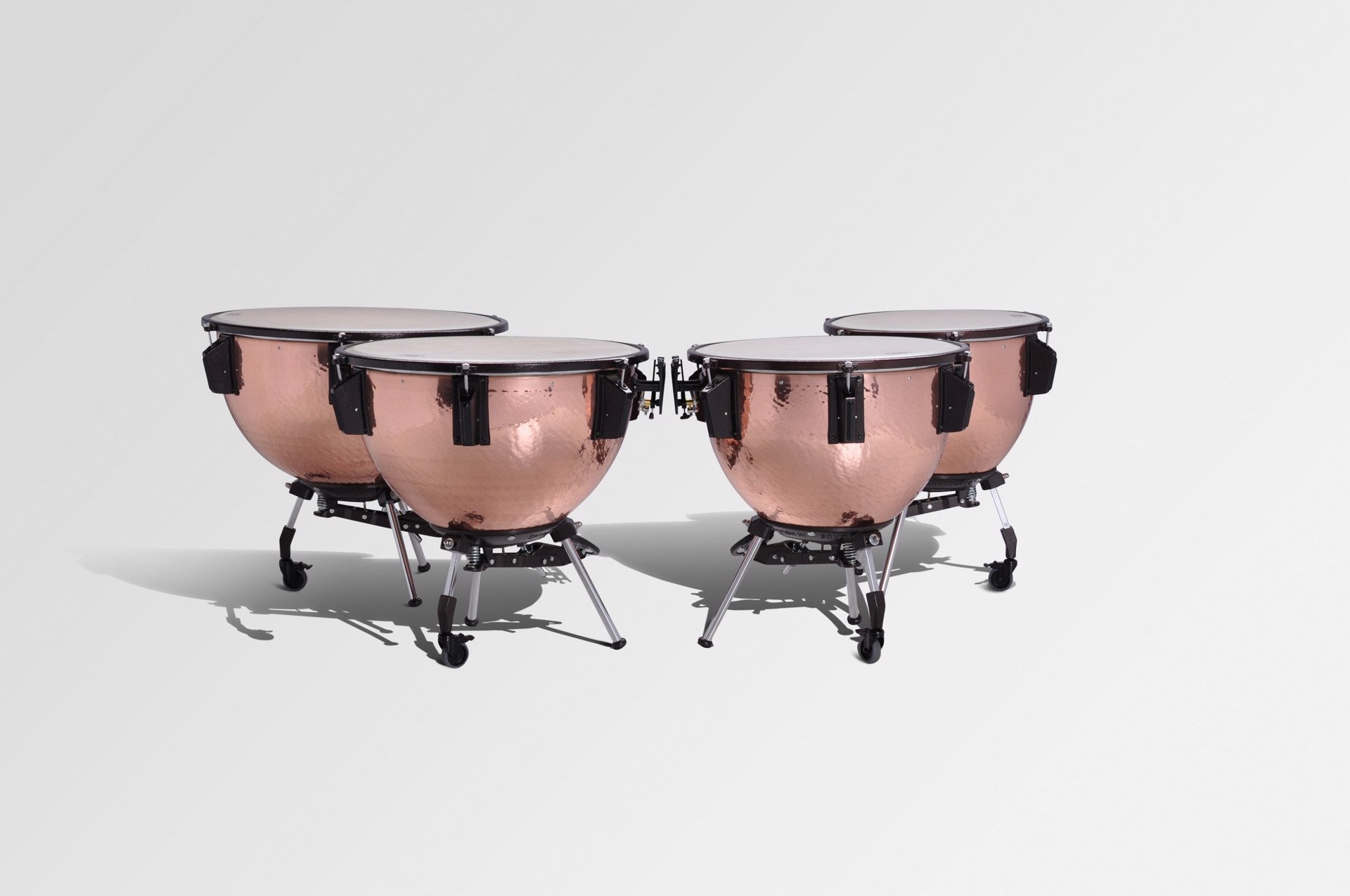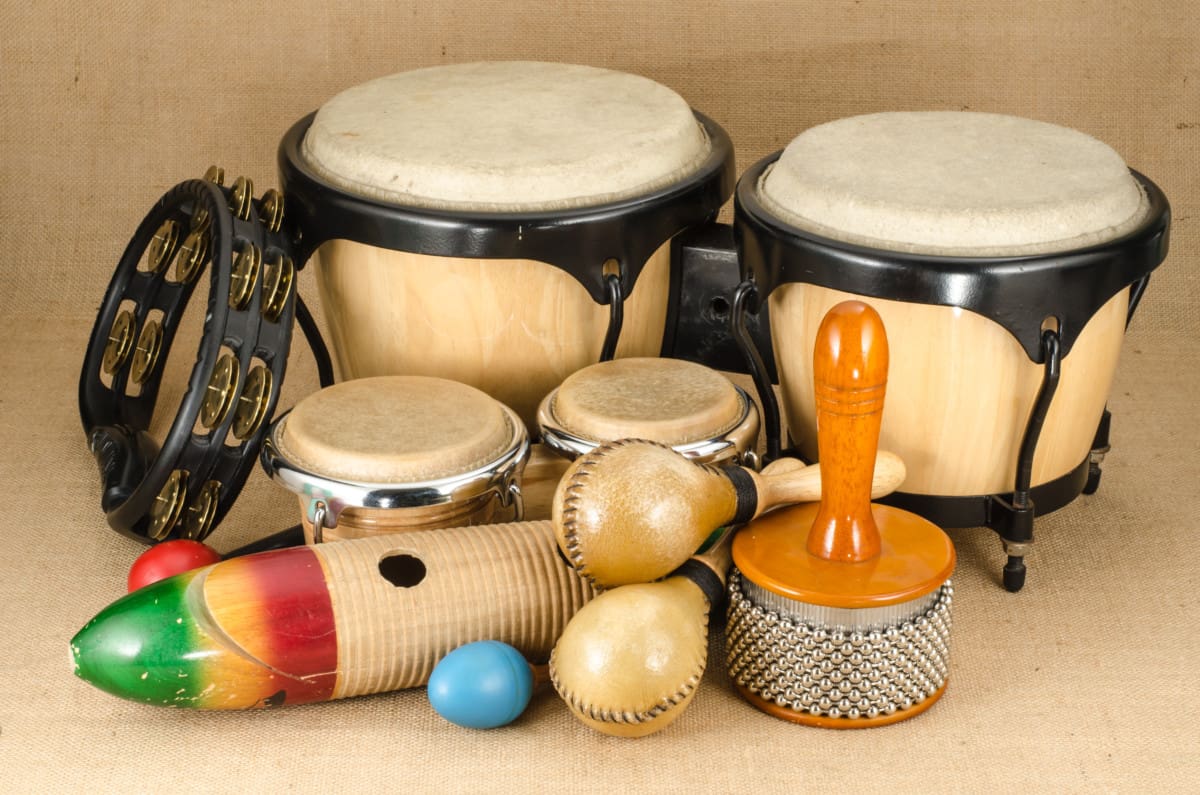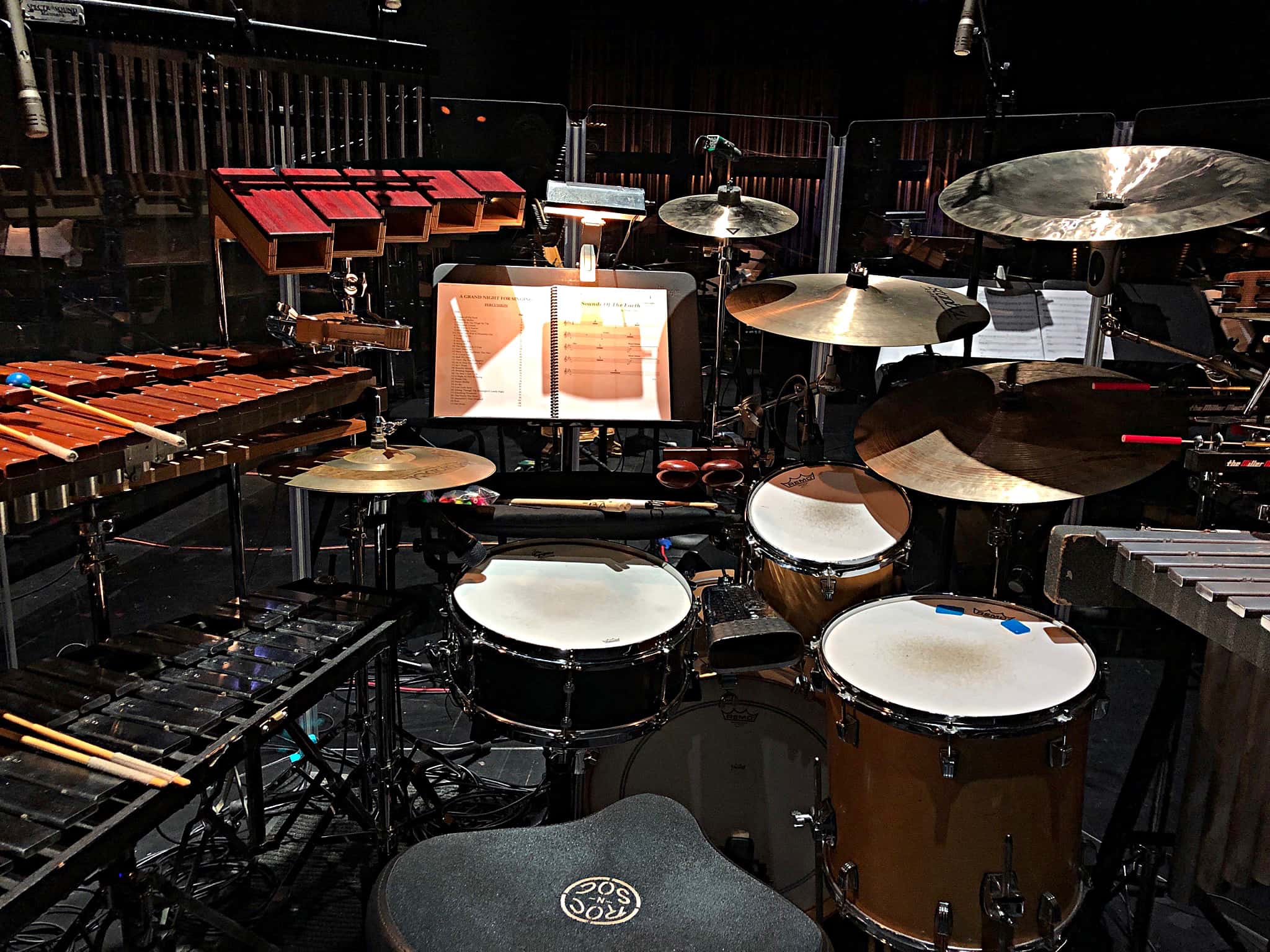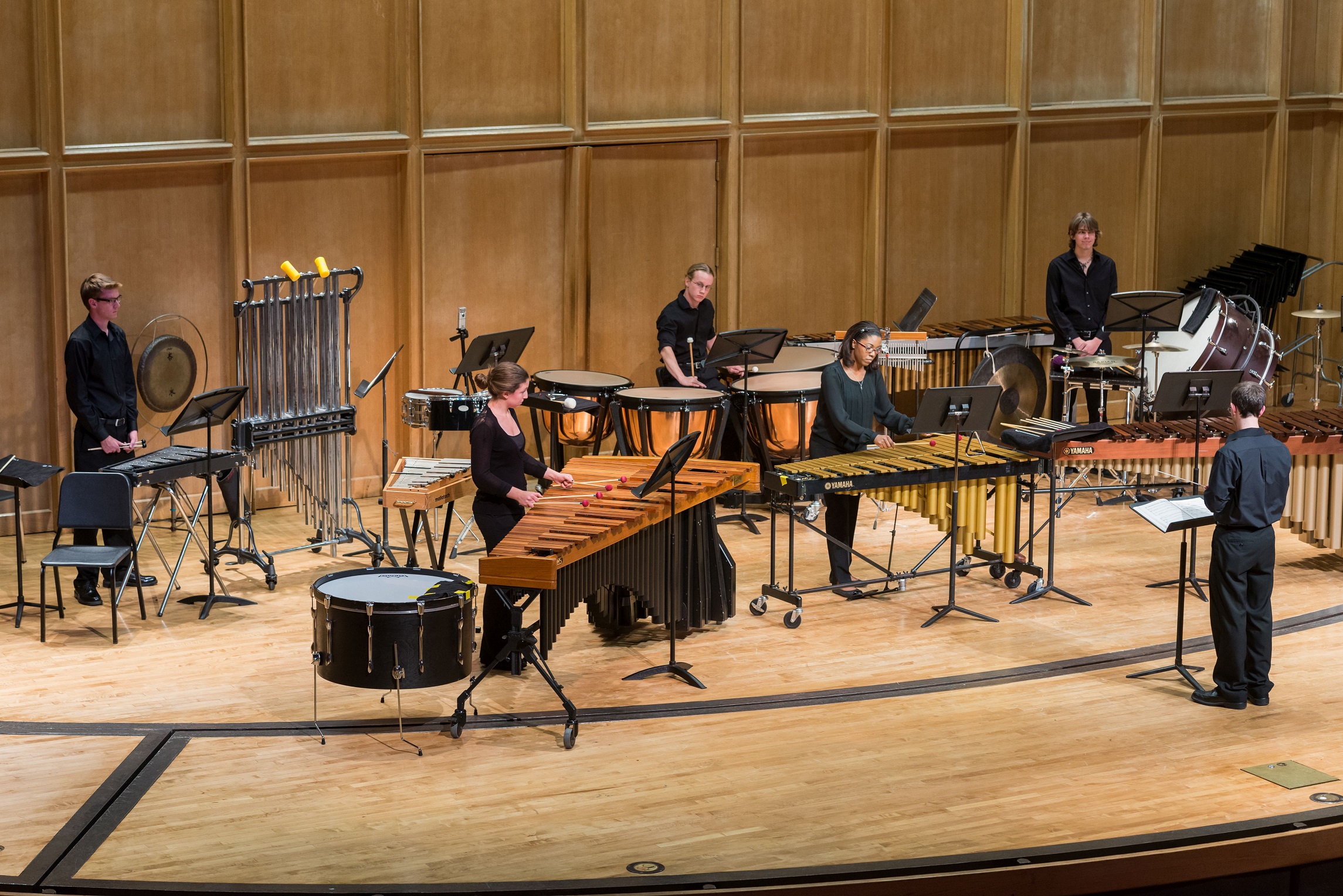Home>Instruments>Percussion Instruments>The Xylophone Belongs To Which Primary Category Of Percussion Instruments?
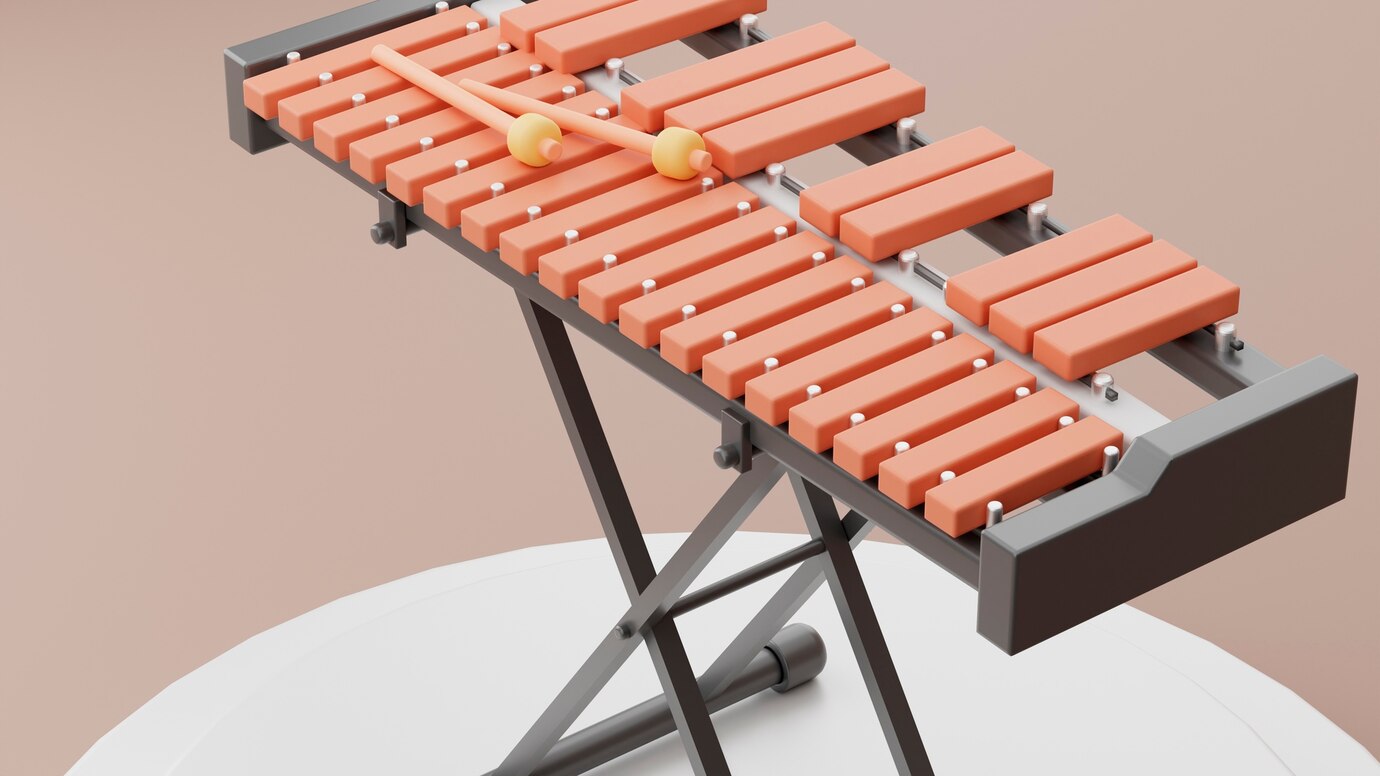

Percussion Instruments
The Xylophone Belongs To Which Primary Category Of Percussion Instruments?
Published: January 16, 2024
Discover the primary category of percussion instruments that the xylophone belongs to. Explore the world of percussion instruments and their classifications.
(Many of the links in this article redirect to a specific reviewed product. Your purchase of these products through affiliate links helps to generate commission for AudioLover.com, at no extra cost. Learn more)
Table of Contents
Introduction
Percussion instruments are a crucial component of the music world, adding rhythm, texture, and depth to musical arrangements. From the booming sound of a bass drum to the delicate tinkling of a triangle, percussion instruments cover a wide range of tones and techniques. They are the heartbeat of any musical ensemble, whether it be an orchestra, a band, or even just a group of friends jamming together.
Defined by their ability to produce sound when struck or shaken, percussion instruments have a rich history that spans cultures and centuries. They can be found in various shapes and sizes, each with its unique sound and playing technique. From the ancient tribal drums to the modern drum set and electronic drum machines, percussion instruments have evolved and diversified to cater to different musical genres and tastes.
In this article, we will delve into the world of percussion instruments and explore the primary categories they can be classified into. By understanding the different categories, we can gain a deeper appreciation for the wide array of percussive sounds that exist.
So, let’s dive in and discover the enchanting world of percussion instruments!
Definition of Percussion Instruments
Percussion instruments are a family of musical instruments that produce sound through the use of striking, shaking, scraping, or rubbing. These instruments create sound waves by vibrating or resonating when activated, resulting in a wide range of tones and timbres. The term “percussion” comes from the Latin word “percutere,” which means “to strike or beat.”
Unlike other instruments that produce sound through the manipulation of strings or the vibration of air columns, percussion instruments rely on physical impact or the manipulation of resonating surfaces. They can be made from a variety of materials, including wood, metal, glass, and synthetic materials.
Percussion instruments can be categorized into various groups based on their sound production techniques. These groups include tuned percussion, untuned percussion, drums, cymbals, and auxiliary percussion.
Tuned percussion instruments, such as the xylophone, marimba, and glockenspiel, are designed to produce specific pitches or musical notes. They have a series of tuned bars or plates that are struck to create melodic patterns. These instruments are commonly used in orchestras and ensembles to add melodic elements to musical compositions.
Untuned percussion instruments, also known as unpitched percussion, do not produce specific pitches but rather create a variety of rhythmic sounds. Instruments like the snare drum, bass drum, tambourine, and triangle fall into this category. They are mainly used to provide rhythmic accompaniment and add texture to music.
Drums are a crucial subgroup within percussion instruments. They typically consist of a hollow shell made of wood or metal, with a drumhead stretched across one or both ends. The sound is produced by striking the drumhead with hands, drumsticks, or mallets. Drums come in various sizes and shapes, including the bass drum, snare drum, tom-toms, and conga drums.
Cymbals, such as the crash cymbal, ride cymbal, and hi-hat cymbals, are known for their distinctive metallic sound. They are made of thin, metal plates and produce sound when struck together or with a drumstick. Cymbals are often used to accentuate certain moments in music or provide rhythmic punctuation.
Auxiliary percussion refers to a wide range of small percussive instruments that are used to add color and texture to music. This can include instruments such as the shaker, tambourine, cowbell, maracas, and woodblocks. They are commonly used in various genres, including Latin music, jazz, and pop.
Overall, percussion instruments play a crucial role in the music world, providing rhythm, texture, and energy. Whether adding a driving beat to a rock song or creating intricate melodies in an orchestral piece, percussion instruments contribute to the vibrant and diverse landscape of music.
Categories of Percussion Instruments
Percussion instruments can be broadly categorized into several groups based on their sound production techniques and characteristics. Understanding these categories can help us appreciate the unique characteristics and capabilities of different percussion instruments. Let’s explore the main categories:
- Tuned Percussion: This category includes instruments such as the xylophone, marimba, vibraphone, and glockenspiel. Tuned percussion instruments have specific pitches and are often used to play melodies. They feature a series of tuned bars made of metal or wood, which are struck with mallets or beaters to produce distinct musical notes. These instruments are commonly found in orchestras, concert bands, and contemporary ensembles.
- Untuned Percussion: Also known as unpitched percussion, instruments in this category do not produce specific pitches. Instead, they create rhythmic sounds to provide a rhythmic foundation to music. Examples include the snare drum, bass drum, tambourine, triangle, and claves. Untuned percussion instruments are versatile and widely used in various music genres, including jazz, rock, and world music.
- Drums: Drums are a significant subgroup of percussion instruments, characterized by their hollow shells and drumheads. This category includes instruments like the bass drum, snare drum, tom-toms, conga drums, and timpani. Drums produce sound when the drumheads are struck with hands, drumsticks, or mallets. Different sizes and types of drums create a wide range of tones and are integral to creating rhythm and groove in music.
- Cymbals: Cymbals are metal percussion instruments known for their shimmering and sustained sound. This category includes instruments like crash cymbals, ride cymbals, hi-hat cymbals, and China cymbals. Cymbals produce sound when they are struck together or with drumsticks. They are often used to create accents, crashes, and rhythmic patterns in various musical genres, ranging from orchestral music to rock and jazz.
- Auxiliary Percussion: This category encompasses a diverse range of smaller percussion instruments used to add color, texture, and distinctive sounds to music. Examples include the tambourine, shaker, cowbell, maracas, woodblock, and triangle. Auxiliary percussion instruments are often used for specific effects, adding flavor and enhancing the overall sound palette in various styles of music, including Latin, pop, and contemporary genres.
While these categories provide a general framework for understanding percussion instruments, it’s important to note that there are many hybrid and unique instruments that don’t fit neatly into these groups. Furthermore, advancements in technology have led to the creation of electronic percussion instruments that can replicate the sounds of traditional percussion or generate entirely new sounds. With such a wide variety of options, percussion instruments continue to evolve and push the boundaries of musical expression.
Primary Category of Percussion Instruments
When it comes to classifying percussion instruments, the primary category can be determined based on their fundamental characteristics and roles in musical compositions. While there are different ways to categorize percussion instruments, one common approach is to consider their functionality in creating rhythm and providing a foundation for musical arrangements. The primary category of percussion instruments can be classified as follows:
- Rhythm Section: The rhythm section is a primary category of percussion instruments that includes drums, bass drums, snare drums, and other instruments that contribute to the rhythmic framework of a piece of music. These instruments establish a solid rhythmic foundation and provide the pulse and groove that drive a composition forward. In genres like jazz, funk, and rock, the rhythm section plays a pivotal role in anchoring the overall sound and creating a cohesive musical experience.
- Melodic Percussion: Melodic percussion instruments are another primary category that includes instruments like the xylophone, marimba, vibraphone, and glockenspiel. These instruments produce pitched notes and are often used to play melodic lines and create harmonies within a musical arrangement. Melodic percussion instruments are commonly found in orchestras, concert bands, and contemporary ensembles, providing melodic depth and adding a captivating element to the sound.
- Auxiliary Percussion: Auxiliary percussion instruments encompass a wide range of smaller percussion instruments that complement the main rhythm and melody sections. Instruments such as the tambourine, shaker, cowbell, and woodblock fall into this category. Auxiliary percussion instruments add texture, color, and unique sounds to enhance the overall musical experience. They are commonly used in a variety of musical genres, including Latin, pop, and world music, to provide accents and embellishments.
- Cymbals and Effects: Cymbals and effects instruments make up another primary category of percussion. This category includes crash cymbals, ride cymbals, hi-hats, and other effects like the gong or wind chimes. Cymbals and effects instruments are known for their distinctive sounds, and they often provide accents, crashes, or atmospheric textures in musical compositions. They are commonly used in various genres, such as orchestral, rock, and jazz, to create dramatic moments and add a dynamic layer to the music.
These primary categories provide a framework for understanding the roles and functions of different percussion instruments. However, it’s important to note that many instruments can blur the lines between categories or possess characteristics that place them in multiple categories. Additionally, percussion instruments are versatile and can be used creatively to explore new possibilities and push the boundaries of musical expression.
By understanding the primary categories of percussion instruments, musicians and enthusiasts can delve deeper into the rich world of percussive sounds, experiment with different combinations, and create captivating rhythmic and melodic compositions that resonate with listeners.
The Xylophone
The xylophone is a fascinating percussion instrument that belongs to the tuned percussion family. It consists of a series of wooden bars, typically made from rosewood, padauk, or synthetic materials, arranged in graduated lengths to produce different pitches. These bars are attached to a frame and are struck with mallets to produce sound.
Originating in Southeast Asia, the xylophone has a rich history that can be traced back thousands of years. It has evolved into various forms and is found in different cultural musical traditions around the world. The word “xylophone” is derived from the Greek words “xylon,” meaning wood, and “phone,” meaning sound.
The xylophone’s bars are arranged like a keyboard, with lower-pitched bars typically placed on the left and higher-pitched bars on the right. The bars are often made with precision to ensure accurate tuning. When struck, each bar resonates with a distinct pitch, allowing the xylophone player to create melodic patterns and perform intricate musical arrangements.
The xylophone is played by striking the bars with mallets, usually made of rubber or wood, to produce sound. The player may use either one or two mallets, depending on the desired playing technique and musical piece. By varying the force and position of the strikes, the musician can control the volume and timbre of the notes produced.
The xylophone is commonly used in orchestras, concert bands, and chamber ensembles, where it adds melodic richness to musical compositions. Its sparkling and vibrant tones can cut through the texture of an ensemble and bring a distinct brightness to the overall sound. The xylophone is especially well-suited for playing fast and energetic passages, showcasing its agility and dynamic range.
Besides classical music, the xylophone is also popular in various genres such as jazz, Latin, and contemporary music. It has found its way into pop songs, film scores, and even solo performances. In these genres, the xylophone often brings a unique and playful character to the music, creating catchy melodies and adding a touch of whimsy.
While the xylophone may be the most well-known member of the mallet percussion family, it is often confused with similar instruments like the marimba and vibraphone. Though they share similarities, each instrument has its own distinct characteristics. The xylophone has a bright and focused sound, while the marimba has a warmer and richer tone, and the vibraphone possesses a unique vibrato effect created by motor-driven rotating metal discs.
Whether played in a traditional orchestral setting, a jazz improvisation, or a captivating solo performance, the xylophone continues to captivate audiences with its unique sound and expressive capabilities. Its melodic nature, versatility, and charming timbre make it an essential instrument in the world of percussion.
Conclusion
Percussion instruments are an essential component of the music world, adding rhythm, texture, and depth to musical compositions. They encompass a wide range of instruments, each with its unique characteristics and playing techniques.
In this article, we have explored the world of percussion instruments, starting with a definition of what they are and how they produce sound. We then delved into the various categories, including tuned percussion, untuned percussion, drums, cymbals, and auxiliary percussion, to understand the different roles and sounds they contribute to music. Finally, we focused on the primary category of percussion instruments, highlighting the rhythm section, melodic percussion, auxiliary percussion, and cymbals/effects.
Among the fascinating instruments we discussed, the xylophone stood out as an iconic member of the tuned percussion family. With its wooden bars, melodic capabilities, and bright tones, the xylophone adds a unique charm to any musical arrangement. Whether in orchestral compositions, jazz improvisations, or contemporary pieces, the xylophone captivates listeners with its agile and vibrant sound.
As we conclude our exploration, it’s important to remember that percussion instruments play a vital role in enhancing the rhythmic and melodic aspects of music. They provide the heartbeat and pulse, effectively driving the emotions and energy of a composition. From the powerful beats of drums to the delicate melody of tuned percussion, each instrument contributes to the overall sonic tapestry in its unique way.
So next time you listen to your favorite song or attend a live performance, take a moment to appreciate the intricate craftsmanship and diverse sounds of percussion instruments. Whether you’re tapping your foot to a catchy beat or getting lost in the melodies created by mallets striking bars, percussion instruments truly bring music to life.


